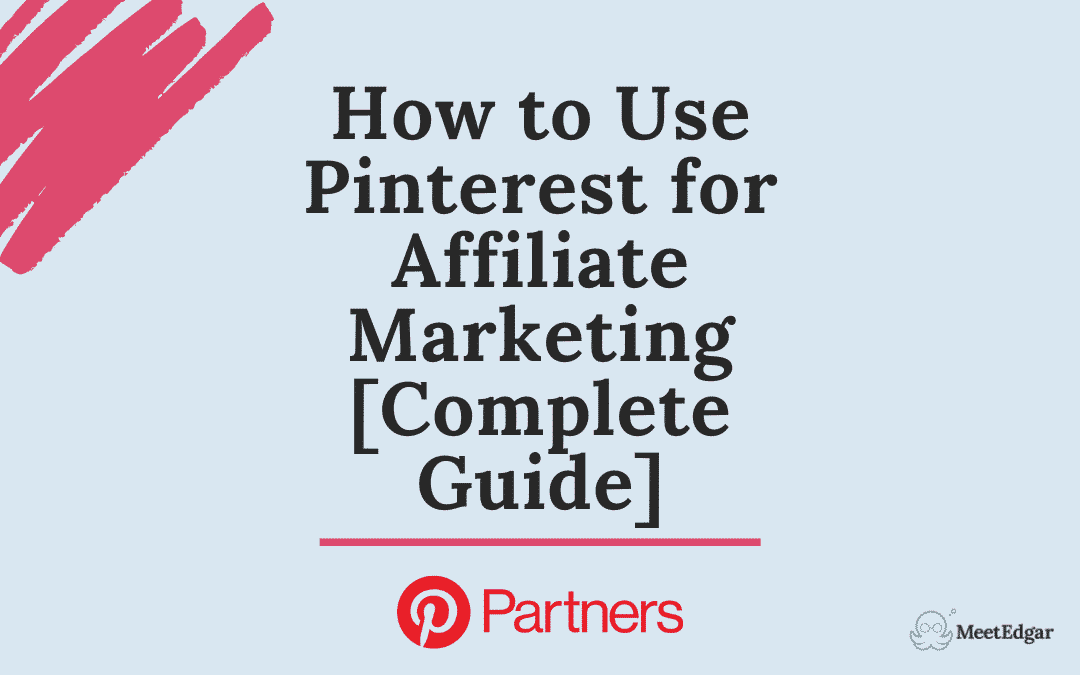
Market via Pinterest for Passive Traffic: A Beginner’s Guide
When we talk about driving traffic to websites, social media platforms like Facebook and Instagram typically come to mind. However, there’s a silent champion in the world of digital marketing that has been steadily gaining ground – Pinterest. This visual discovery engine is not just for DIY enthusiasts and recipe collectors. In fact, it’s a goldmine for businesses seeking to establish a strong online presence with consistent, passive traffic.
Understanding the Power of Pinterest
Before diving into strategies, let’s take a moment to understand why Pinterest is so powerful. Pinterest works as a search engine rather than just a social media platform. People use it to find inspiration, plan for various projects, and make purchase decisions. What sets Pinterest apart is the longevity of content posted, known as ‘pins.’ Where a tweet or a Facebook post might have a lifespan of a few hours to days, a pin can be discovered and re-pinned for several months, sometimes even years after its initial posting.
Creating a Solid Pinterest Foundation
The first step toward generating passive traffic through Pinterest is to create a business account. This account type gives you access to analytics and other essential features that aren’t available with a personal account.
Optimize Your Profile
Your profile is where your brand’s personality shines. Make sure it clearly represents your business and is in line with your other social media profiles.
– Profile Name: Choose a name that reflects your brand but also consider including a keyword for SEO purposes.
– Username: This should be consistent with your brand’s handle across other platforms to make it easier for your audience to find you.
– About section: Describe what your business does and whom it serves. Incorporate relevant keywords to improve searchability.
Create Boards Strategically
Pinterest boards are where you categorize your content. Think of boards as your content’s home on Pinterest.
– Start with a few boards that are closely related to your brand and the interests of your target audience.
– Use keywords in your board titles and descriptions for search optimization.
– Make sure the first board is a dedicated place for pins from your website.
Generate Attractive, Valuable Pins
The success of your Pinterest marketing relies heavily on the quality of your pins. Here’s how you can make them count:
– Use high-quality, eye-catching images that reflect your brand identity.
– Make sure the text overlay is readable and the message is clear.
– Employ tools like Canva to create custom images sized perfectly for Pinterest (usually a 2:3 ratio).
– Include a clear call-to-action (CTA) to drive engagement.
Pinnable Content is Key
Pinterest users love content that provides value. From informative how-tos, engaging infographics, to inspiring quotes or imagery – if your content is useful, it will be shared.
– Create content that solves problems for your target audience.
– Use blog posts, tutorials, and videos to craft valuable content that is easily shareable.
– Regularly update your website’s blog section with fresh content to pin.
SEO Matters: Tailoring Content for Discoverability
While the look of a pin is vital, findability through search is crucial. Here’s where SEO comes into play on Pinterest:
– Conduct keyword research to discover what your audience is searching for.
– Integrate those keywords naturally into your pin title and description.
– Hashtags are less pivotal on Pinterest, but a few relevant ones can help your pin be found in searches.
Engage with the Pinterest Community
Being an active participant on Pinterest can help increase your pins’ visibility and traffic to your site.
– Repin other users’ content that fits well with your brand and could be valuable to your followers.
– Follow influencers and businesses in your niche and engage with them.
– Join group boards to reach a broader audience and contribute to shared boards in your niche.
Leverage Rich Pins
Rich pins add extra details to a pin directly from your website. There are several types of rich pins, including product pins, recipe pins, article pins, and more. These provide more context and can significantly improve click-through rates as they offer greater insight into what the pin links to.
Analyze and Adjust
As with any digital marketing effort, it’s essential to track your results on Pinterest. Use the platform’s analytics feature to:
– Get insights into which pins and boards are most popular.
– Learn about your audience’s demographics and interests.
– Understand which pins drive the most traffic to your site and optimize your strategy accordingly.
Automation for Consistent Presence
Consistency is key on Pinterest. Scheduling pins can keep your account active without needing you to be on the platform every day.
– Use tools like Tailwind to schedule your pins at the best times for your audience.
– Ensure a mix of your content and curated content within your pinning strategy.
– Constantly monitor what’s scheduled and make adjustments based on performance.
Concluding Thoughts
Using Pinterest as a marketing tool can seem daunting initially, but by breaking down the process and implementing a thoughtful strategy, you can successfully drive passive traffic to your website. Remember, Pinterest users are planners and researchers, making it an invaluable tool for long-term traffic growth. Stay active, stay consistent, and most importantly, stay engaged with your audience. With time and effort, Pinterest can become a significant component of your business’s digital marketing strategy, leading to increased brand visibility and a more extensive customer base.